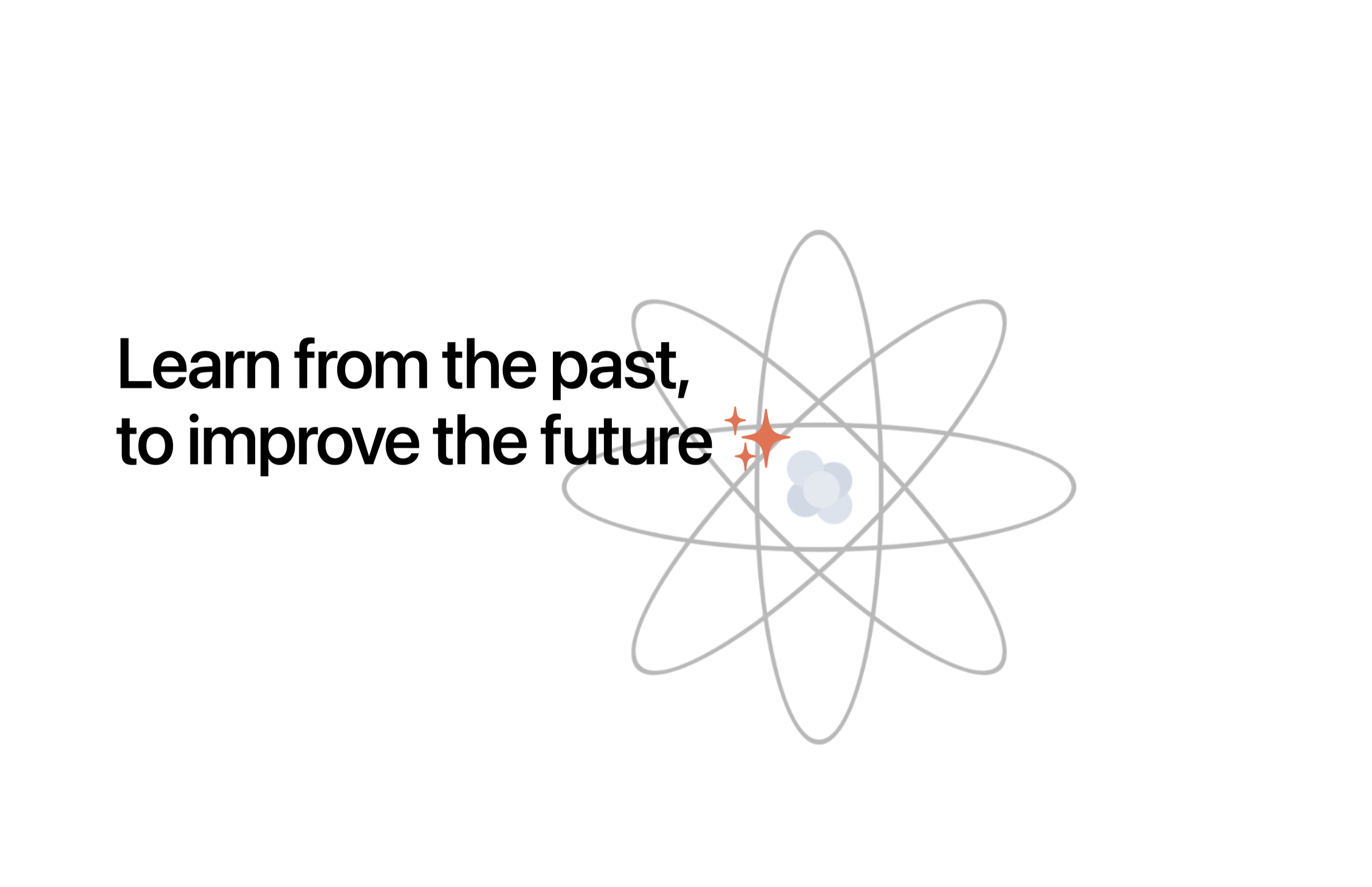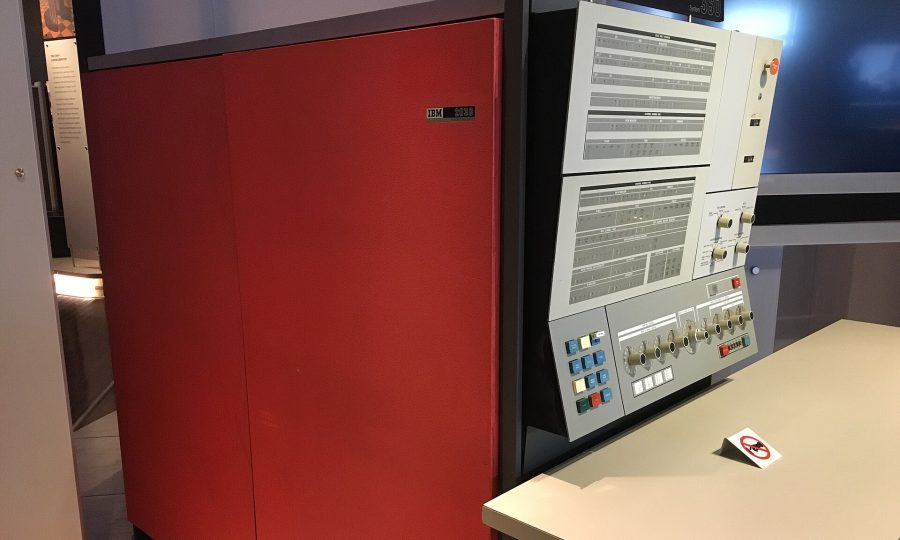Smart studios leverage their knowledge to predict & create better work
Brand studios have been experimenting with AI tools on the content creation side but may have overlooked the potential, on the data & insights side. This is where there is a whole whitespace of opportunity, to not only improve the work & drive performance but stimulate creativity.
Studios can now build predictive models, which can take any new piece of work, and predict how well it will do. This then allows time for adjustments, refinements to drive incremental performance. Adding this to the process, helps leverage learnings from past work, reassure clients and create more creative freedom.
Imagine this, you’ve just finished a piece of work, you’ve run it through your prediction, to see how it performs. And at the same time, you’re getting feedback from the client, for any adjustments. With a predictive model, you can see how any proposed changes may impact performance. And make informed decisions.
How brand studios can do that
This is a very simplistic explanation of how you can piece it together. It starts with building a historical model.
- Bring in all the performance data you have for the past 2 years. For every campaign.
- Build a model which analyzes your past content or campaigns. This will need to create a machine view of the content, or attributes which drive performance.
- Then fine tune your predictive model based off this.
And the end result, means you can analyze any new piece of work, against past work.
What a model like this enables
- For every new campaign, you are leveraging all the intelligence from your prior campaigns.
- It proves to clients you are data driven, and opens up the field for creativity.
- You can bring the work in, predict how well it will perform, then make adjustments to suit. Either on the creative itself or in the distribution.
This means you can go back to older campaigns and find insights in to how you could make that idea or concept work harder on a second attempt. Even take them back to clients the next year, here’s how to do this bigger better faster.
As an aside, it is nice to bring a ML & AI solution to clients, which isn’t about creating content where clients immediately look for cost savings, but just using smarts, to help create better content & drive performance.
It also means you can go back to clients with data driven recommendations, that support the creative work.
This can fit a number of places in your current workflow:
- As part of pitching, to show how you bring data-led insights into the process. They’re buying, you, your expertise and your strategic leverage with AI.
- In the creation process, testing concepts OR creative, to get feedback.
- As part of sign off, we want to see our work within these ranges.
- As an auditing and/or reporting process.
- Potential examine competitive campaigns.
Lets dig into the process in a bit more detail.
1) Historical data
For this, you want to go back as far as you can, and collect all the campaign performance data you have. Ideally in a nice and tidy format, but do what you can.
Examples could be attention, clicks, click rate, completion rate, brand or survey data, conversion rates, average scroll, view time. Whatever you have that shows you measure success.
Gaps in data, or changes in metrics should be noted and split into different columns.
2) Analyze your past campaigns
This is a bit more tricky, you need to create a tool, that analyzes your campaigns creative, whether it’s video, content, or creative. And this tool, helps turn it into data attributes, which can be then fed into a machine learning model. This helps machine learning, actually learn, about how these attributes impact the performance of metrics, and uncover patterns you might now have otherwise.
Nudge has built tools, to help with this part of the process, helps in essence enrich your own data.
3) Fine tune the model
This is where it all comes together, setting up the model to reference your data, and make predictions. Typically you would take half the data you have collected, and you use that as your training set. And then the model will use the other half to make predictions on, to fine tune itself and identify the attributes or variables which are most important to make that prediction.
There are different types of models, depending on your dataset and creative, you may pick one over another. Factors might include, how diverse is the dataset, how likely is new performance to sit within that dataset, how many attributes are in the model.
This might be achieved using cloud tools, or locally. Really you’re likely going to have to engage an expert to do this for you. Especially because of the intricacy of the creative work you seek to credit.
Neat huh, Nudge has tools to help studios deliver on these predictions, to build the models, enrich the data with attributes and then to make the end prediction. The tools also provide insights as to why the prediction has been made, giving data driven insights on where to improve. Our analytics approach, enables the best of both worlds, collect data where you can and models to predict where you can’t.
Leveraging these tools, makes a project like this more efficient, with less cost, faster time to market and gaining access to the learnings. ML & AI is a fast moving space!
For example, a partner, had their clients sending them content, as well as existing content. They used the model to analyze the content, predict the attention and use the insights to find ways to drive more performance. By doing this upfront, it enabled them to promote the right pieces but also make quick & easy changes that drove double digit percentage improvements.
FAQ
Does it have to be the content? Or could it be a concept?
You could even simplify this by modeling against concepts rather than the work itself. Enabling you to see how concepts have performed. This may mean you could use the predictions earlier in the pitching or creative process.
How can insights help?
Insights from old campaigns, can help with pitching and taking ideas to clients too, hey we found if we did these things we could drive more performance on the second time around. Insights also help with data driven recommendations to clients.
Attention models
This also can be used for metrics like Attention, predicting the attention you will get upfront. Again, allowing for finer adjustments. But also enabling studios to get a predictor of attention, or directionality before going live.
How much data is needed?
At a practicality level, as much as you can put into the model. Ideally going back 2 years. Part of the model creation is that it will provide feedback on how well it is performing. You should start with a data audit upfront, to see how rich your current data is and the feasibility of building a model This piece has a bit more.
What type of creative assets?
Typically sticking to one format initially is best. Whether it is video, or image, or custom content.
What would sort of resource would I need to do this?
It depends on internal capacities, but experience with data engineering, or a data scientist. And a ML Engineer. There are specialist firms which help with this. Nudge can also help you get this type of project off the round.
Limitations of this approach
You have to ensure your model doesn’t overfit the data, in that it is really good at predicting your current work, and not good at predicting new work. Or test to see how good it is at predicting for ranges outside your observable data set. A common way to help with this is the splitting the dataset in two, training on one half and using the other half to validate.
Here is a piece on addressing overfitting.
ENJOY! Welcome to the future!

|
|---|


